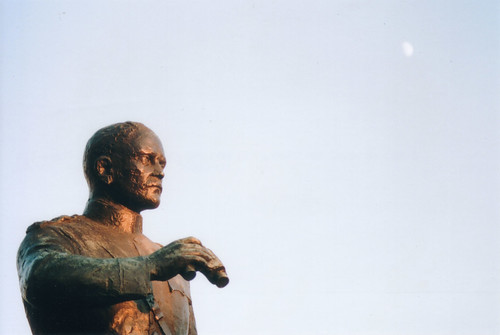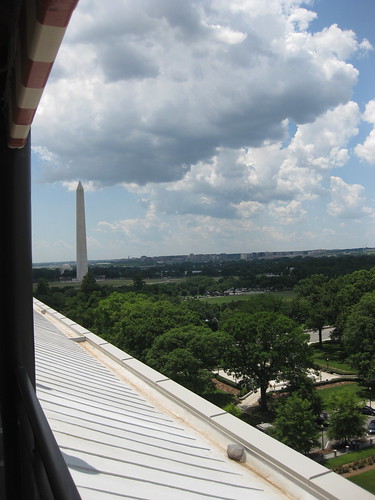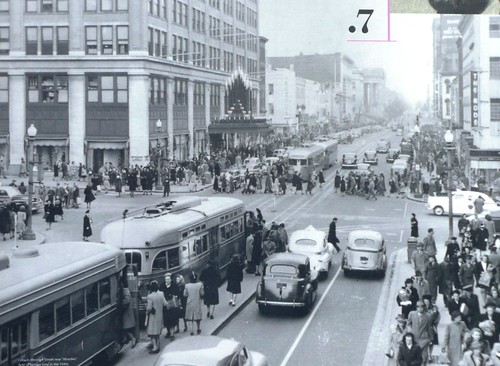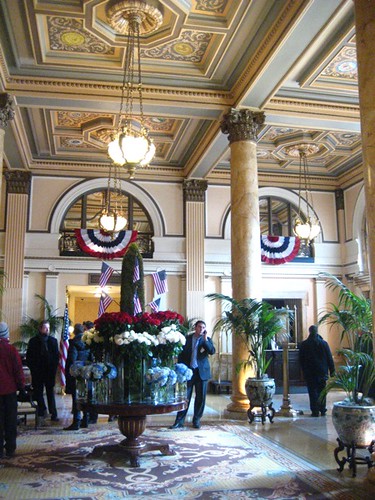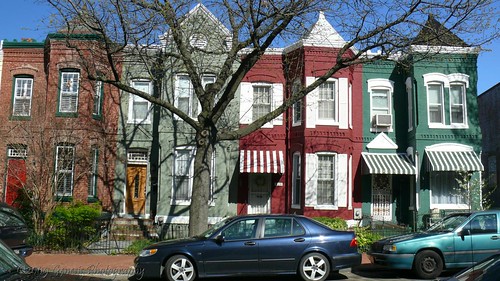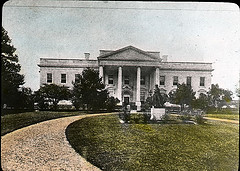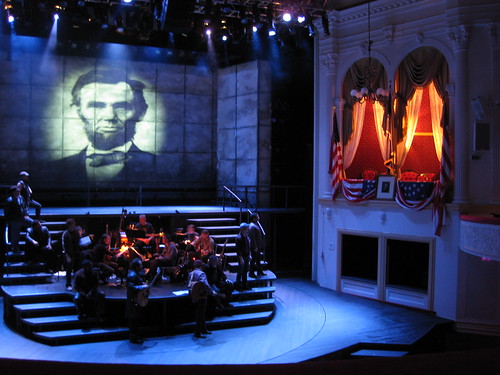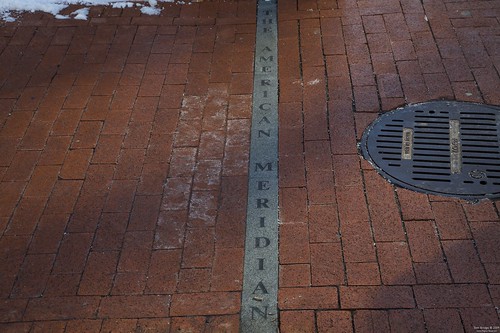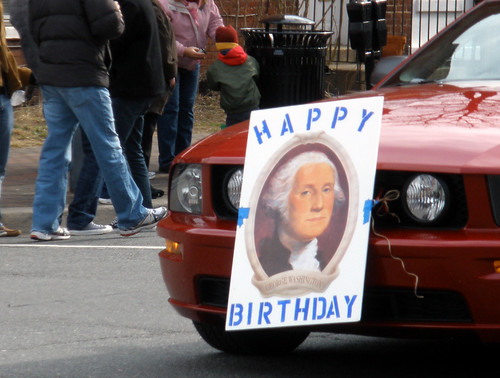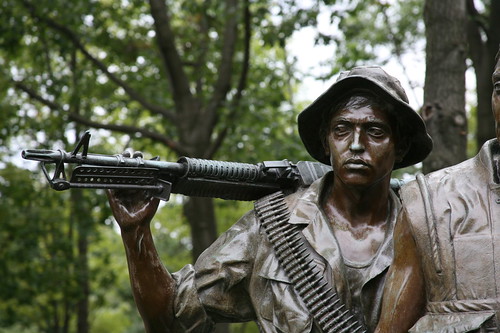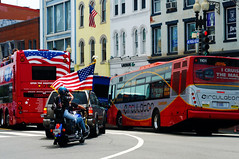
”
courtesy of ‘Chris Rief aka Spodie Odie’
DC’s become a hot spot for filming these days! Real World, Real Housewives of Orange County, Blonde Charity Mafia, as well as Reese Witherspoon, Night at the Museum and so many more. It’s a wonder that we didn’t get a DC movie site bus tour any earlier. But it’s here now, better late than never.
Screen Tours has arrived to take you and other interested parties around DC to all our hot film spots. Shop in the mall where No Way Out and True Lies were filmed; stand on the steps where Father Damian fell to his death in The Exorcist; visit the bar used in St. Elmo’s Fire; go to the park used in The Sentinel and see locations from Wedding Crashers, Thank You For Smoking, Election, X Files, Independence Day, Forrest Gump, and many others. From classic films of the seventies such as The Godfather II, All the Presidents Men, and Being There to the recent Transformers, Mission Impossible III, West Wing, 24, and The Visiting, the tour of Washington DC TV and movie sites takes tour guests on a journey of the timeline of filming in DC.
Tours run Saturdays at 10 am and depart from Union Station. Detailed information on all tours can be found at www.screentours.com. Advance purchase is required, as tours normally sell out. To purchase tickets call Zerve at 800-979-3370 or visit them online.


